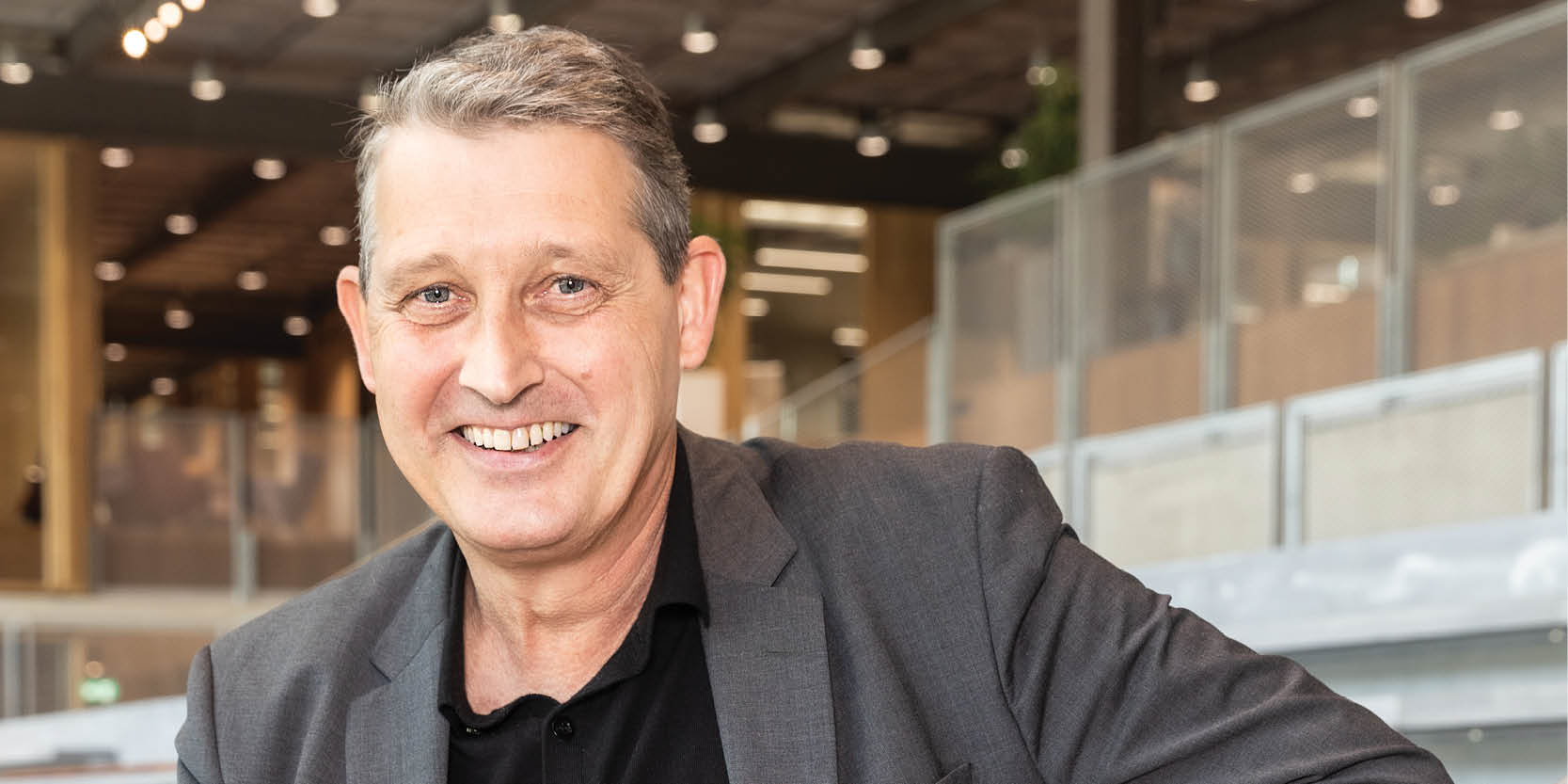Artificial Intelligence and Machine Learning have been around for decades. However, on one hand technology is advancing at a rampant pace, and on the other big tech players such as Google are also entering the market to develop these technologies faster.
Traditional boundaries of what used to be geo-informatics is now getting blurred with informatics, mathematics, physics and all sorts of integrations.
Towards Digital Twin
Geospatial is at the forefront to monitor what is going on. We already have a lot of Earth observation data and the time monitor, develop mitigation plans, and provide forecasts such as early warning systems and near real-time monitoring systems.
Now we actually need a Digital Twin of the Earth to understand, develop scenarios, see probable events and make mitigation plans and develop strategies accordingly.
Technology is suitable for adaptation strategies, but when it comes to mitigation, it’s really a combination of engineering solutions and behavior.
It is fascinating to see what we can do with Digital Twins. When it comes to Digital Twin, engineering is only one aspect of it. While the other is understanding human behavior.
We should make a connection between technology, psychology, social science and culture, because a lot of mitigating efforts depend on influence and behavior.
Thinking Spatially
Most decision-makers don’t really think spatially, when they consider risks and uncertainties. When we interact with decision makers, we present to them how to use it in an actionable way, in the form of storytelling.
There’s a need to understand how decision- makers think in terms of risk perceptions, uncertainty and resources, and translate stories into a mindset that helps them to actually make decisions.
For the University of Twente and ITC, learning is lifelong process. We encourage people to upskill and reskill themselves.
The future role of academia will become an integral part of the society, as we gradually move from being co-creators for the society to co-creating for it.
The role of university today is to provide baseline of facts for discussion, which is difficult, but universities need to really engage and collaborate with society.
That is the kind of transformation, the that’s needed, where research, education and innovation become the single thread of co-creation.
“Technology is suitable for adaptation strategies, but when it comes to mitigation, it’s a combination of engineering solutions and behavior.”
Customized Solutions
As goes the famous American psychologist Abraham Maslow’s Law of the Instrument, “If the only tool you have is a hammer, you tend to see every problem as a nail.”
Our tool here is geospatial, to solve all the major global problems like looking at renewable energy and creating climate adaptation strategies, and how we can use Earth Observation data with geospatial models to address the needs of future cities.
That is where geospatial as a domain can make a transition to connect complicated models to simple stories, to convince decision makers at all different levels.
With the current pace of rapid urbanization, 20 years from now, almost the entire world population will live in cities.
To design a thriving city, there’s a need to keep in mind the existing population, as well as the environmental and sustainability factor.
Concerted Outlook
While dealing with volumes of Big Data, the bottom line is not to forget about the people on the field, and grasp real world insights and local knowledge to tackle global challenges.
We need to connect social scientists and people working in communication to culture. Through a multidisciplinary and transdisciplinary approach, we need to bring together communities.
Grassroots knowledge and domain expertise are both crucial to make a proper interpretation of the models.
We constantly strive to make a difference across disaster resilience, resource security, biodiversity, global health, geospatial AI, and technology integration.
Disclaimer: Views Expressed are Author's Own. Geospatial World May or May Not Endorse it








